Rollei Infrared is a high speed, panchromatic, monochrome film with sensitivity to visible light which extends into the near infrared (IR). FP4+ film, for example covers from 350nm (nanometres) to just over 650nm whilst Rollei Infrared film reaches just over 800nm from a low reading of closer to 400nm, so a 30% or so increase in the available wavelength.
It has a clear polyester base, very stable for archival purposes and also good for scanning in these hybrid processing days. The base is tear free so if you are processing a 35mm film yourself make sure you have some scissors in the darkroom or changing bag. It simply will not tear off across the cassette lips which is how I usually separate the cassette when loading 35mm into the developing tank.
Rollei claim wide exposure latitude, excellent resolving power, fine grain and high sharpness, all born out in practice, and the IR sensitivity is a definite plus when a suitable filter is used.
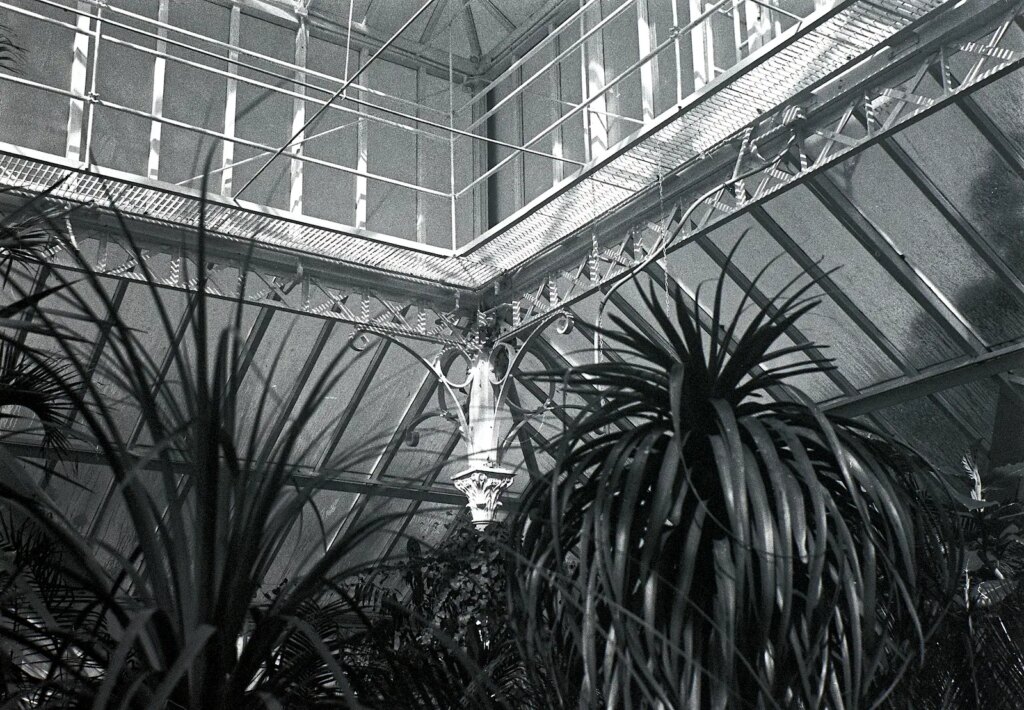
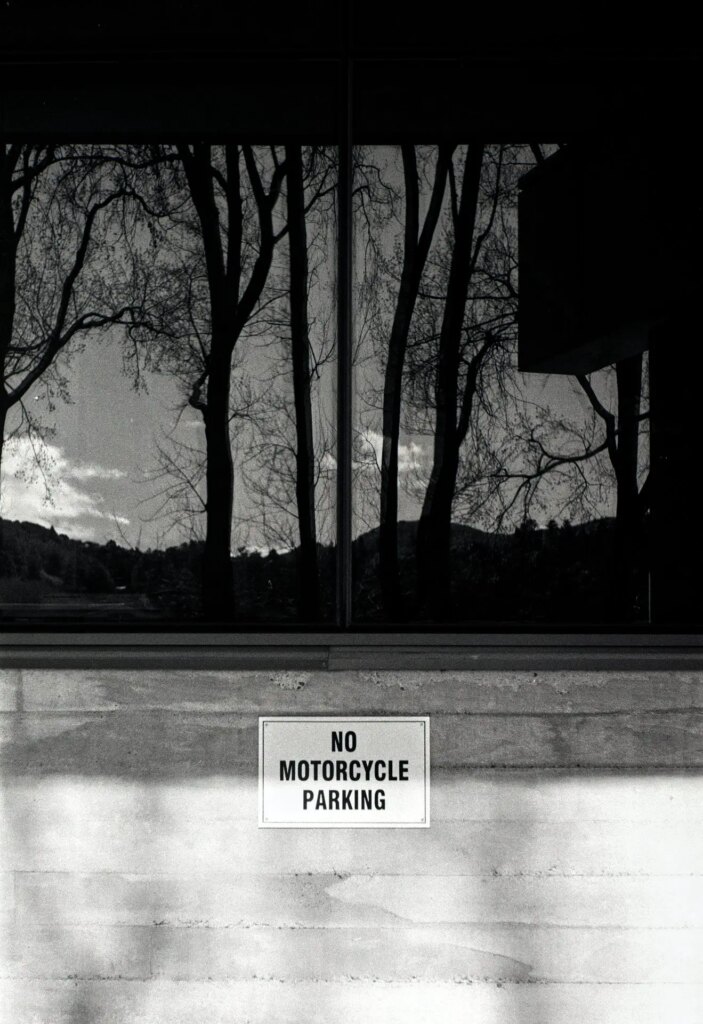
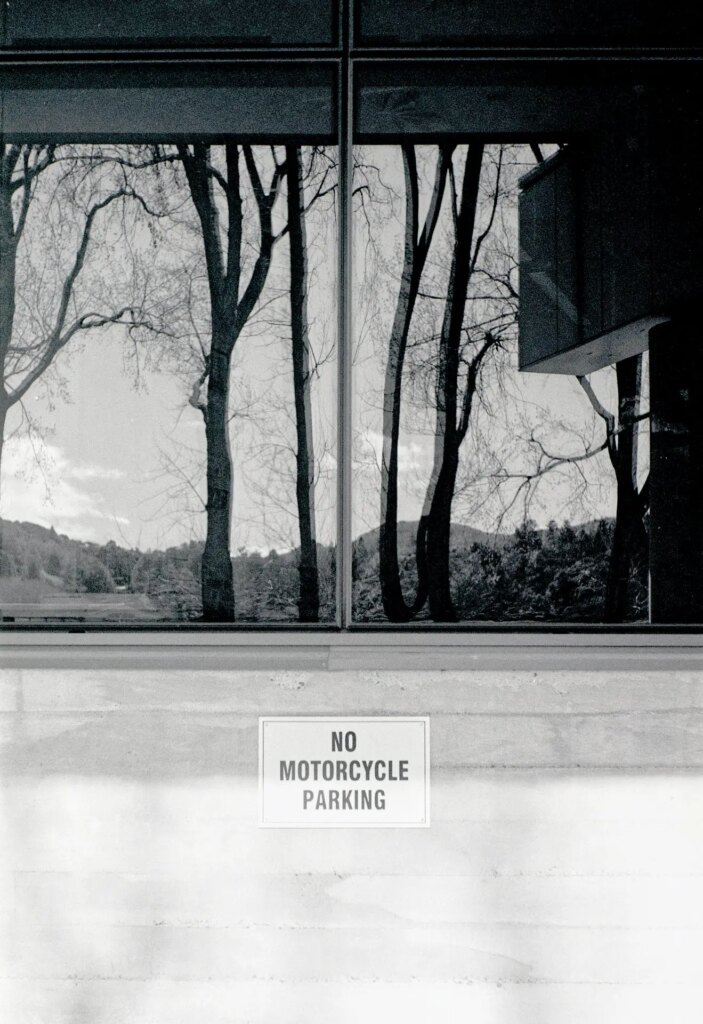
How do you use it?
Unlike most dedicated IR emulsions, it can be used like a normal pan film of 400 ISO depending on developer and development. With an R72 opaque filter, however, it behaves like dedicated IR film producing the distinctive contrast and white foliage at a recommended speed rating 25 ISO.
Because the R72 filter is opaque, framing must be done before fitting it. Also, lenses do not focus infra red light in the same plane as visible light. Many lens focussing scales have an infrared index, however, often a red line on a zoom or a dot for fixed focal lengths, sometimes with a red ‘R’ identifier. The focus distance established without the filter must be set against this mark before shooting through the filter.
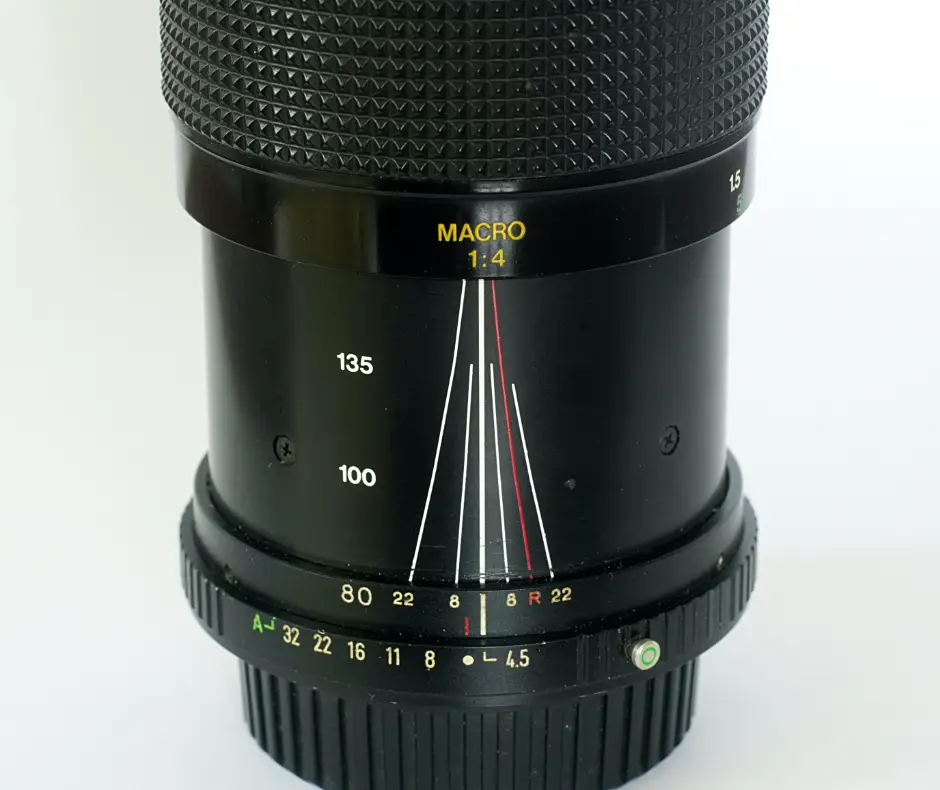
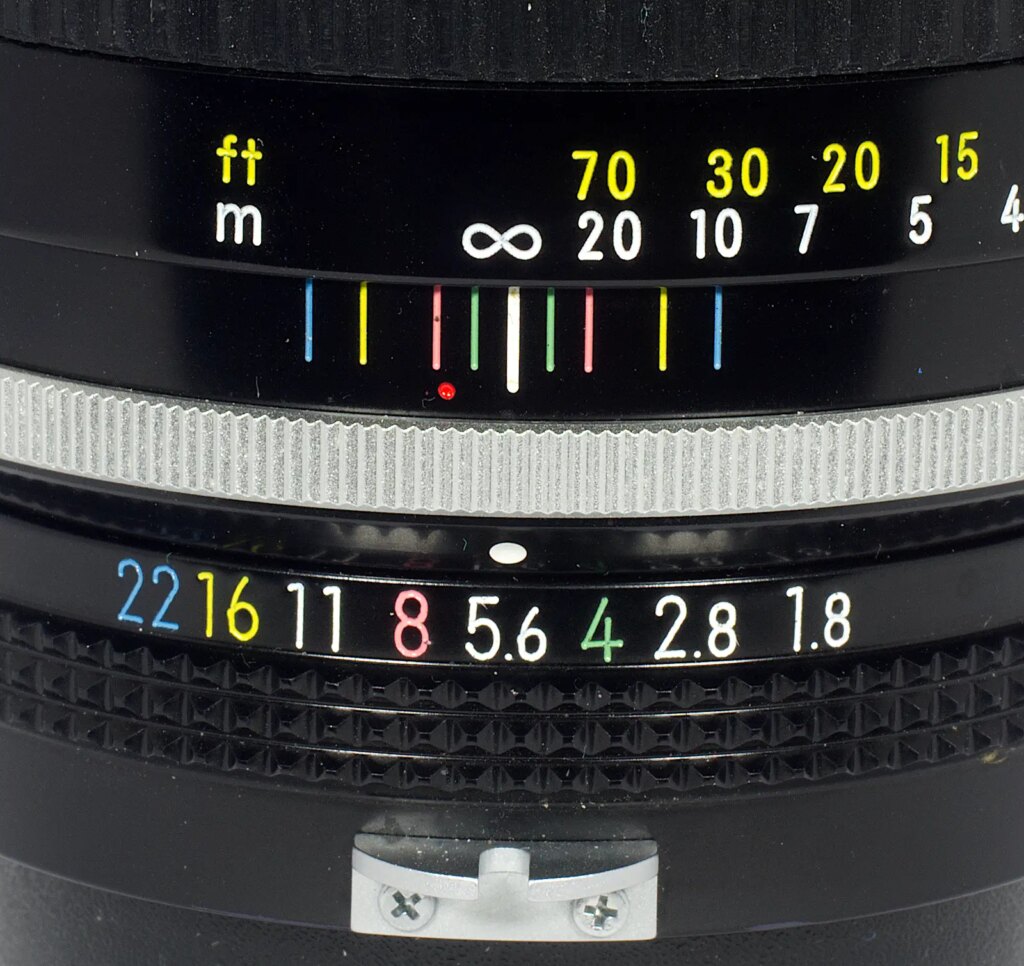
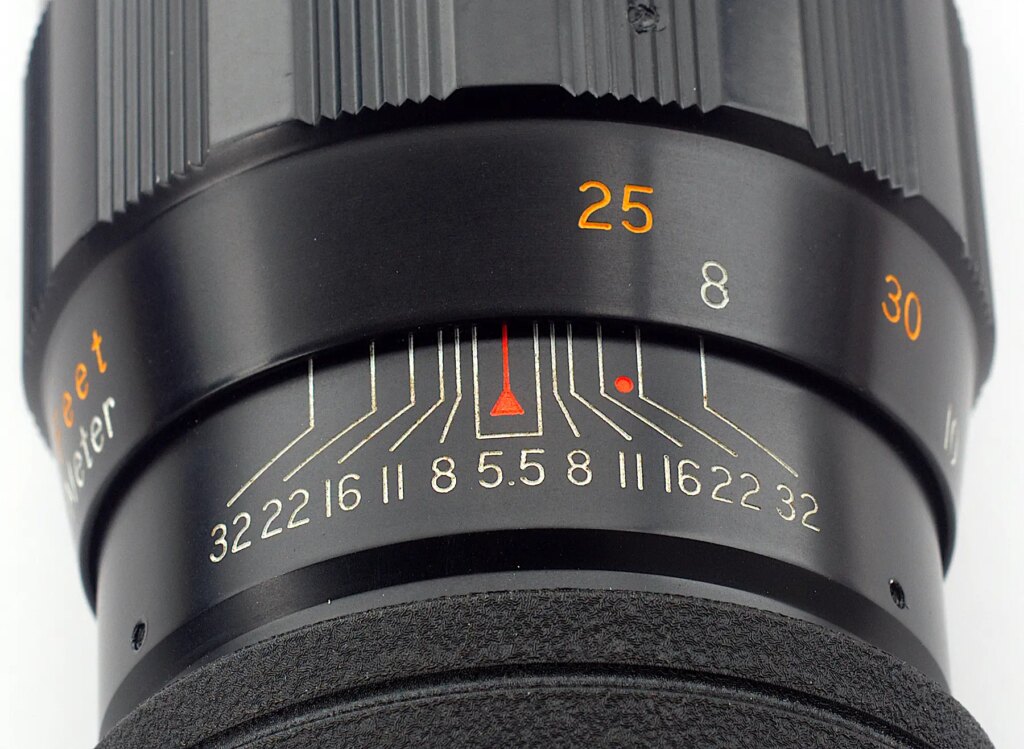
The data sheet gives performance figures based on development in Refinol, a very fine grain developer, whereas I use Rodinal which can be a little coarser grained. There are a number of dilutions and times with Rodinal, with speeds between 200 and 400 ISO but I generally rate it at 100 ISO and develop at 1:100 for 15 minutes with intermittent agitation at 20ºC. With an R72 filter in place I give 4 extra stops exposure, 6 ISO, processed the same way. The beauty of this is that you can mix full-on IR shots with normal pan exposures on the same film. The Massive Development Chart at digitaltruth.com will usually give you guidance for your particular developer.
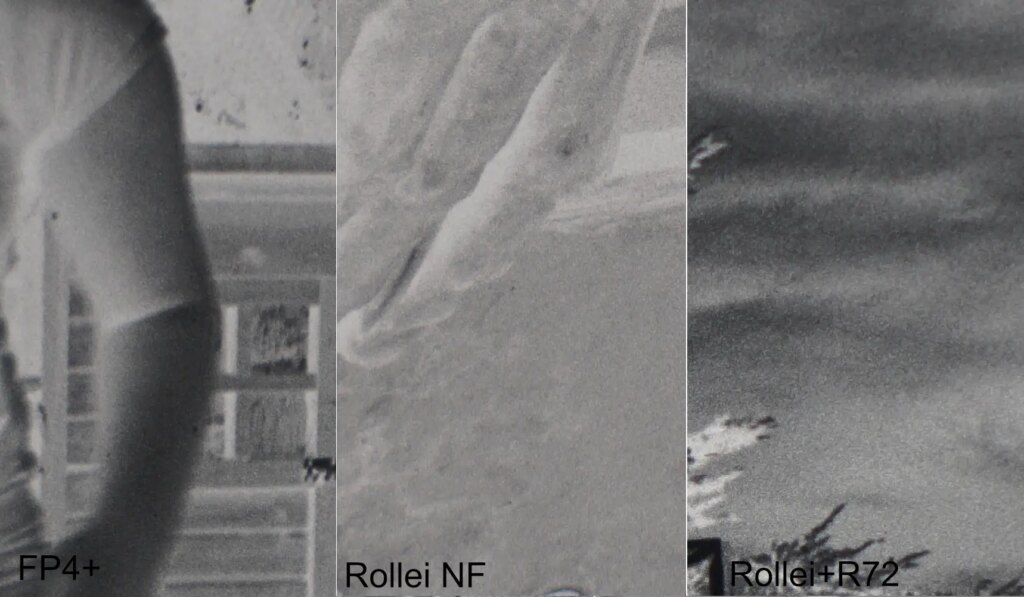
What can it do?
As mentioned, it produces images very much like any panchromatic, monochrome emulsion with fine grain, excellent definition, good contrast and wide latitude. Images without filters have good tone range, with blue skies retaining more tonality than would be expected and portraits can benefit from slightly lighter skin tones. On the other hand, foliage will appear a little darker than might be expected. A standard red, R60 filter will produce darker skies than usual.
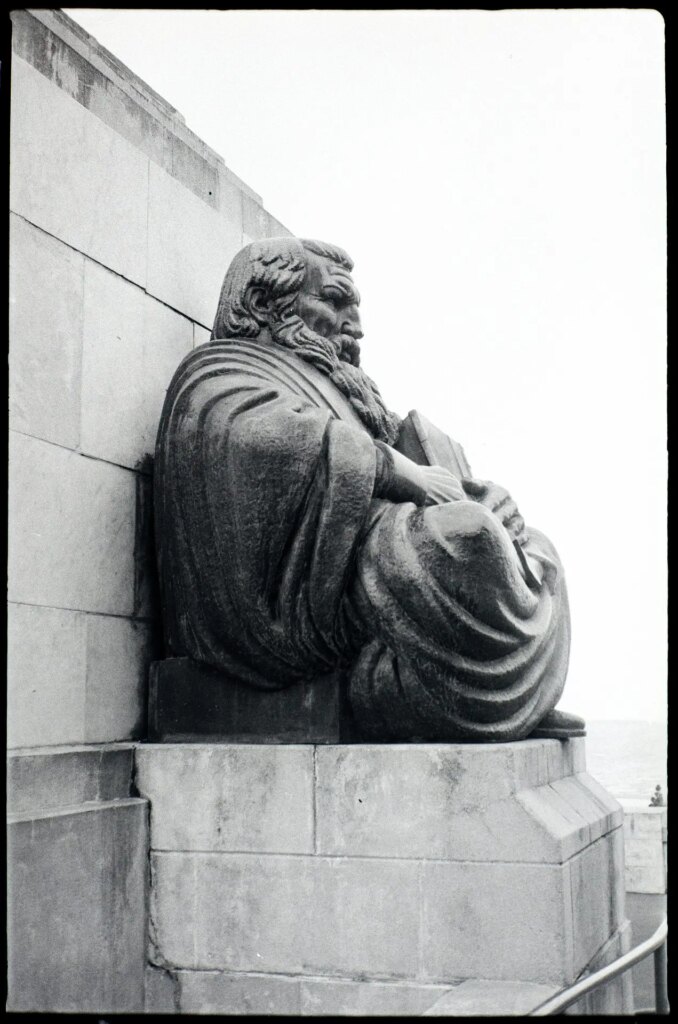
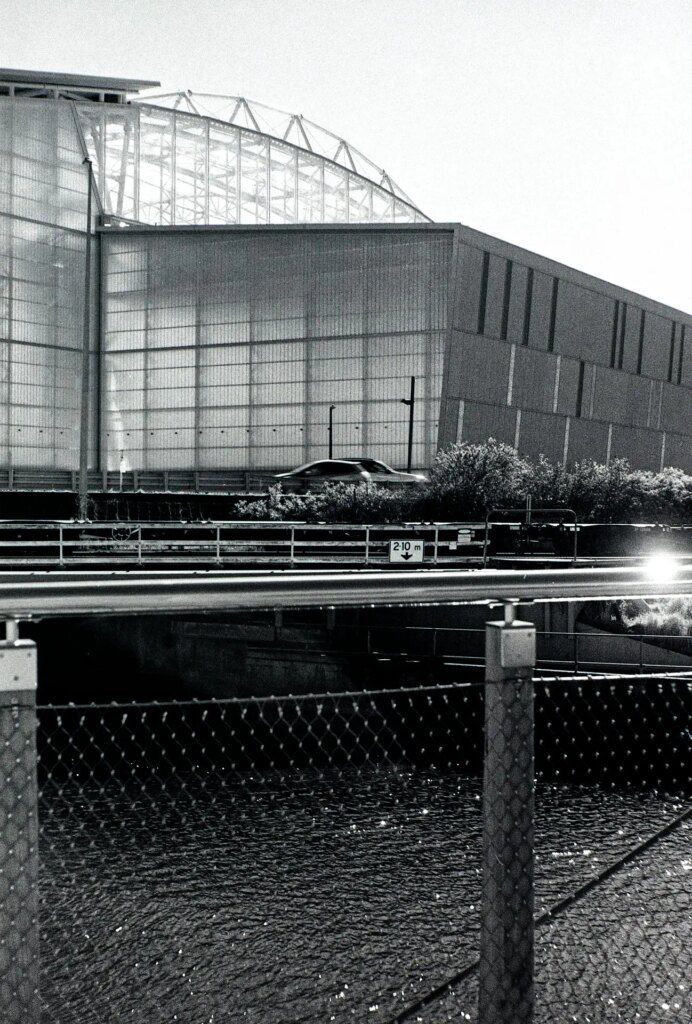
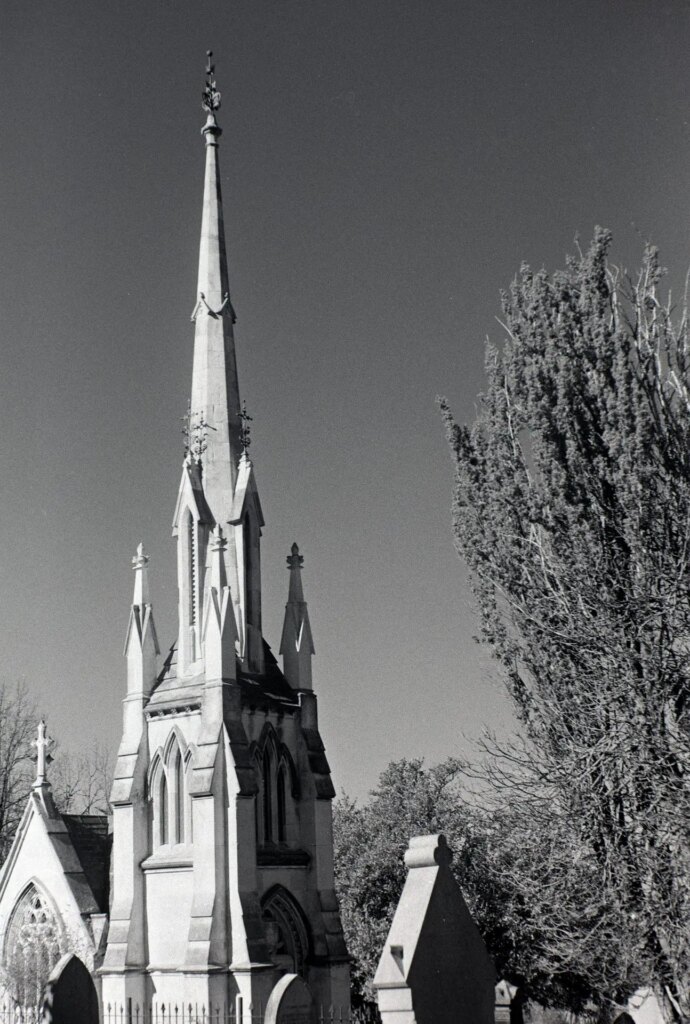
With an infrared R72 (720nm) filter it becomes a very different animal indeed, producing typical infrared results, high contrast, black skies and white clouds and foliage. The data sheet mentions halation effects with extended exposure which has so far eluded me.
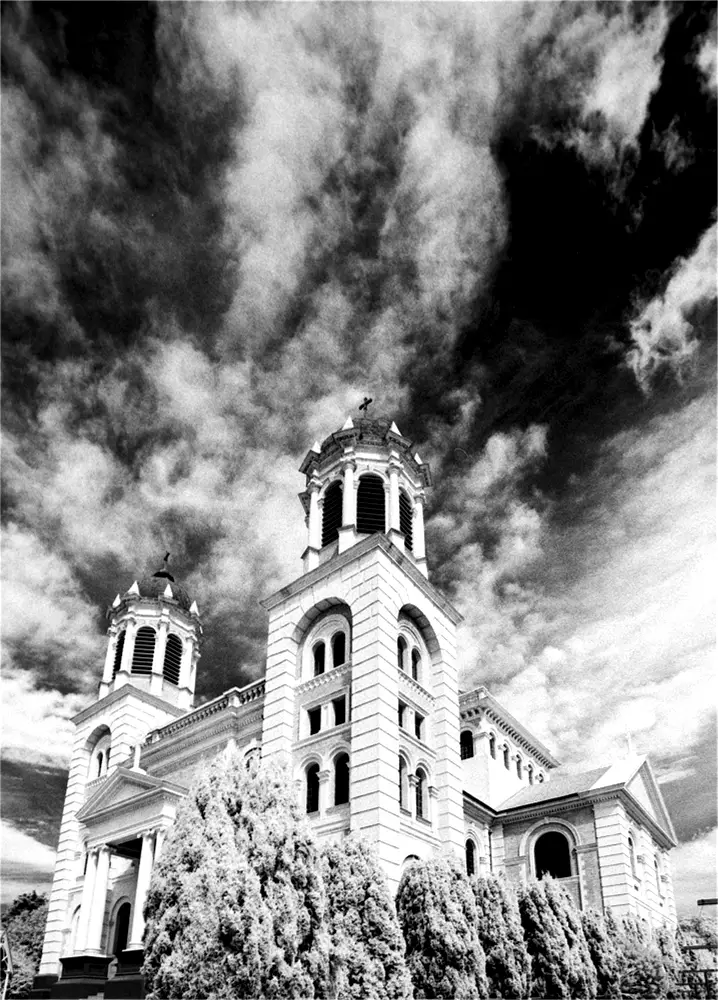
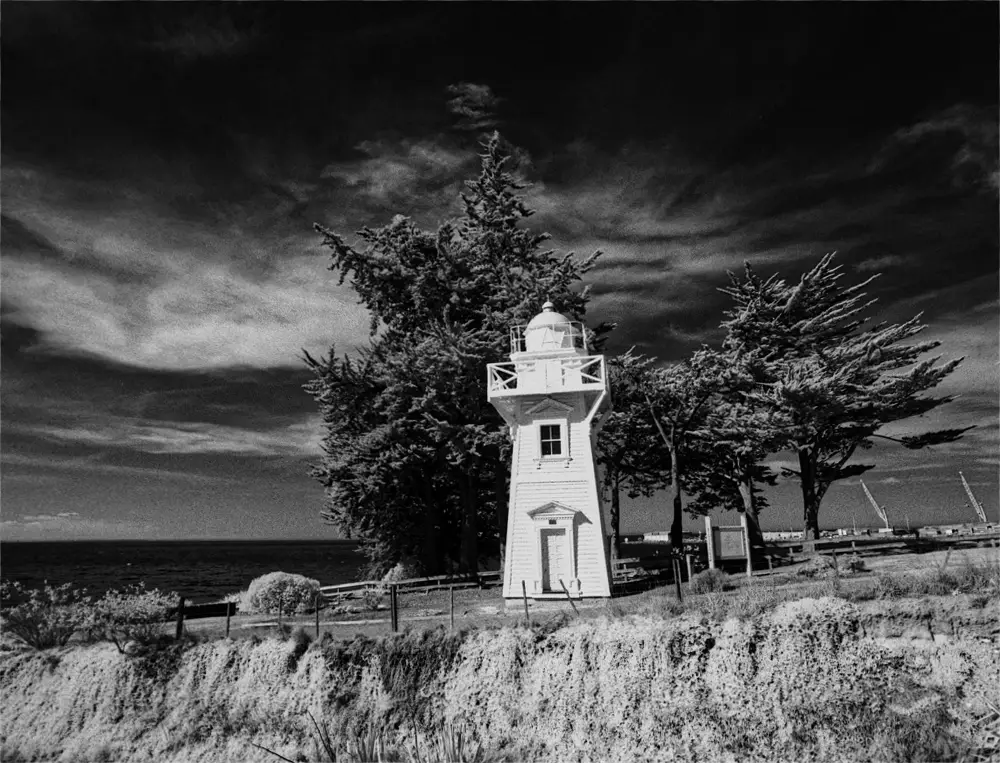
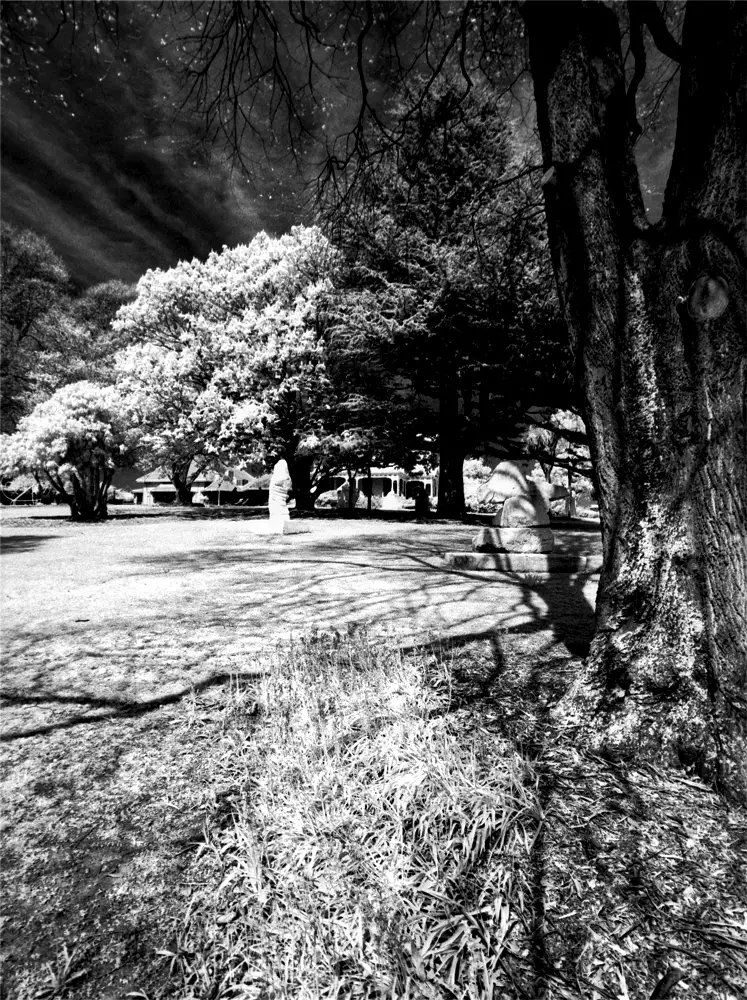
Conclusions
I began using Rollei Infrared film solely for its IR capabilities but quickly came to appreciate its other attributes. As a fairly fast but still fine grained emulsion it is excellent and its individual character and flexibility has won me over for use as a great all rounder. If I really need the full 400 ISO speed I can change the developer dilution and timing at the expense of grain, but at least it is possible which is the main thing and all with a film that I am thoroughly familiar with.
(Digitised copies of negatives are produced with a Sony A3000 with an AI’d 55mm Micro Nikkor and adapters processed in Affinity Photo.)
Some interesting test reports on Digitaltruth.com here
Share this post:
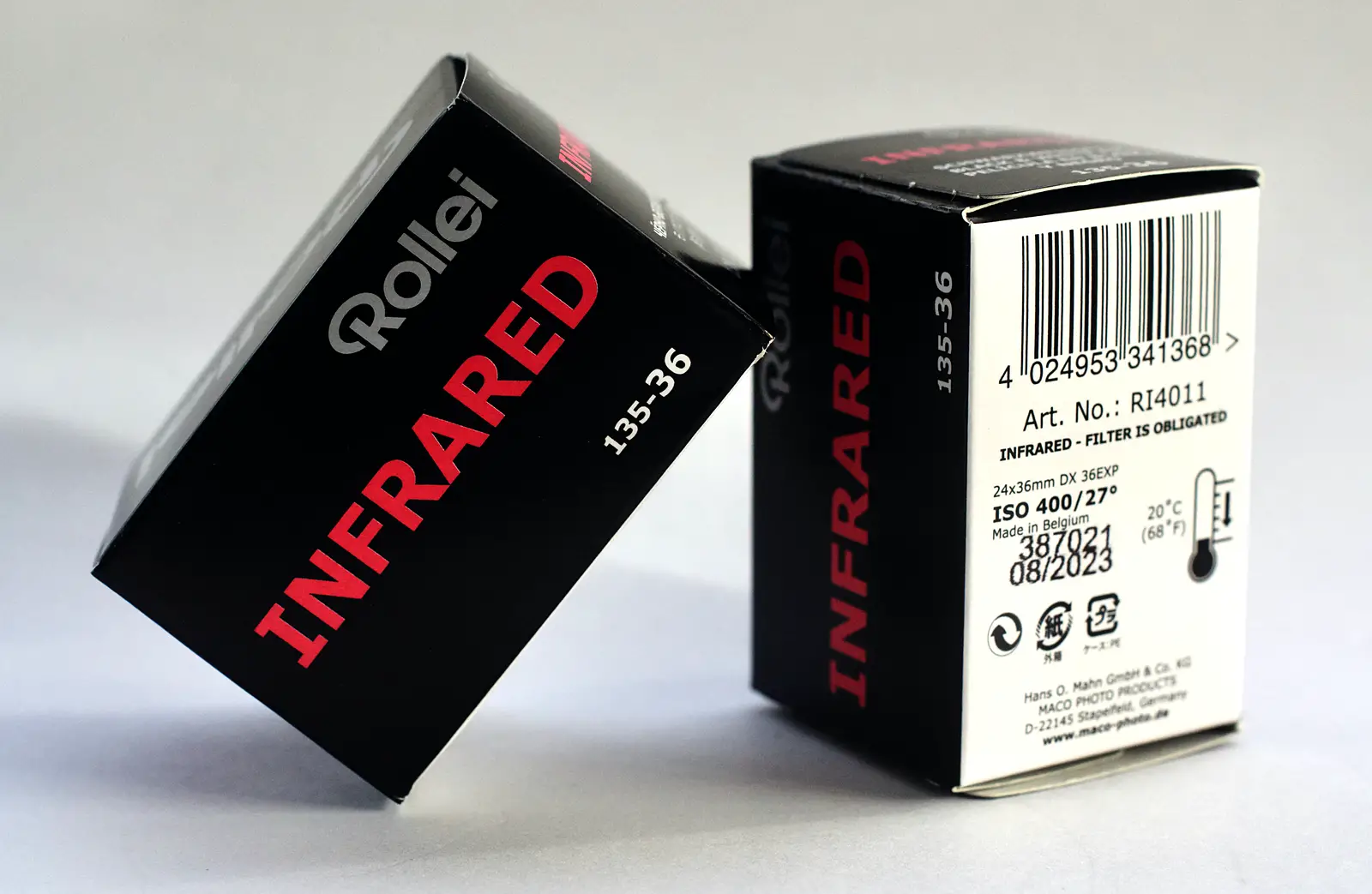








Comments
Neal Wellons on Rollei Infrared Film – An Introduction – By Tony Warren
Comment posted: 11/11/2022
One important note. You mentioned "Because the R72 filter is opaque, framing must be done before fitting it. " That onerous chore only happens with SLR shooting, which I never do. Rangefinders let you use the normal viewfinder after setting the focus. I shoot all my infrared shots hand-held.
Infrared is so much fun and I think your article will generate some new infrared shooters.
Comment posted: 11/11/2022
David Hill on Rollei Infrared Film – An Introduction – By Tony Warren
Comment posted: 15/11/2022
I’ve had 2 rolls of Konica IR750 in my freezer for a couple decades. Afraid to waste them on the mundane. I oughtta just see what happens :).
Comment posted: 15/11/2022